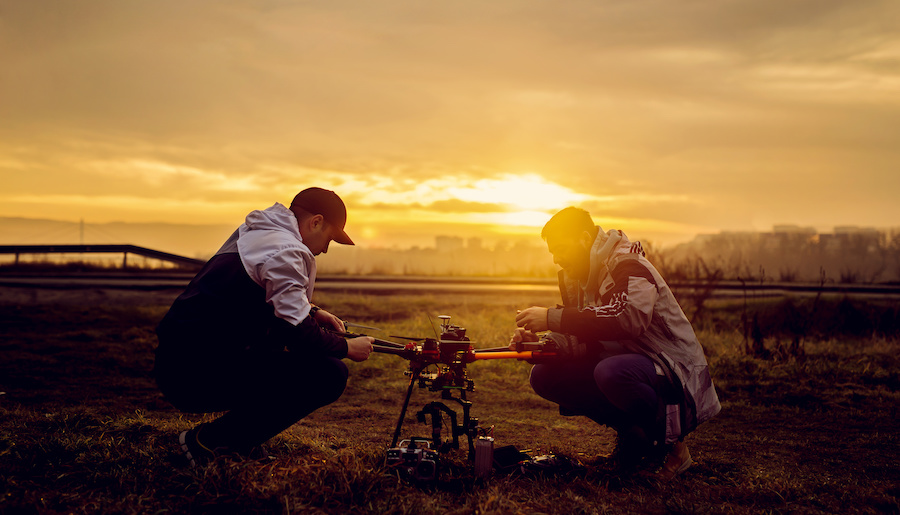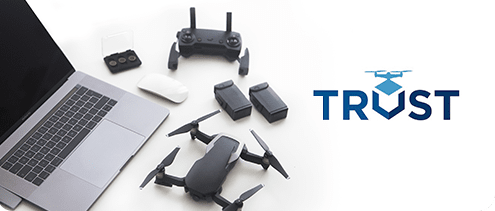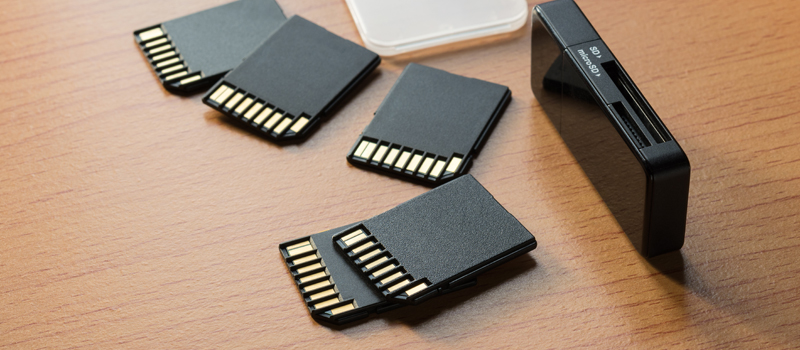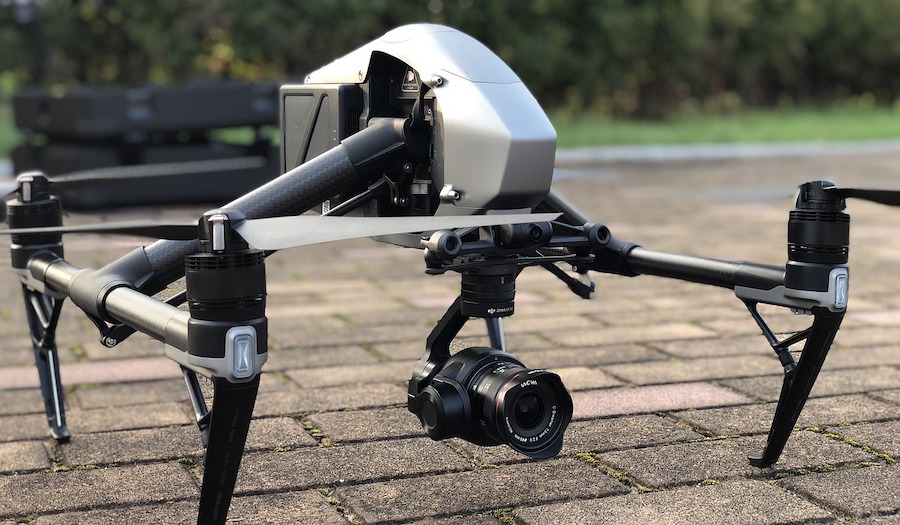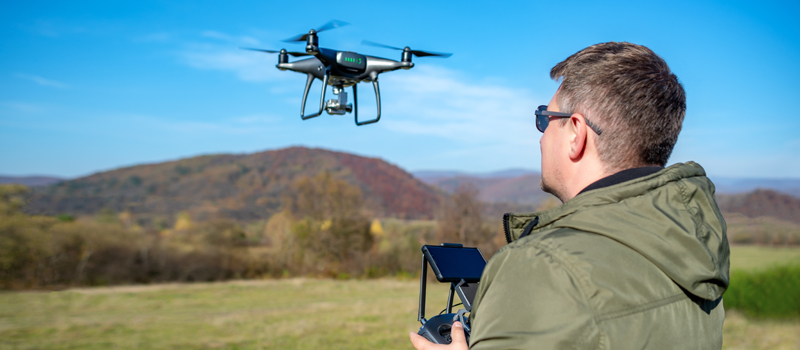The FAA has released The Recreational UAS Safety Test (TRUST). All recreational drone pilots in the US need to take it to fly legally.
You can take TRUST with Pilot Institute. We are an FAA authorized Test Administrator. It’s entirely free to take and all your data other than the token number is deleted after you finish.
The law for recreational drone pilots – Section 44809
After several years of controversy, recreational drone pilots in the US are now governed by a single piece of legislation. Section 44809 or the “Exception for limited recreational operations of unmanned aircraft” came into law in May 2019 and superseded all other previous regulations on recreational drone flight.
The most important provision of Section 44809 is that it only applied to drone pilots who fly “strictly for recreational purposes.” It’s worth noting that the law is an “exception.” This implies that drone pilots, by default, are assumed to still fly under Part 107 rules unless they can prove that Section 44809 applies to them.
Section 44809 also enforces standard drone flight rules such as keeping within 400 feet AGL and visual line of sight.
Among the provisions of Section 44809 is the requirement for recreational drone pilots to take an “aeronautical knowledge and safety test.” This is not yet implemented but the FAA has been working with various stakeholders in the past couple of years to develop the test.
All recreational drone pilots are expected to carry proof of their passage of the knowledge test while flying.
Why is recreational drone pilot testing necessary?
This new requirement for recreational drone pilots to get tested was likely borne out of several factors. The most pressing is the fact that drone-related incidents happen almost daily, and a large portion of these incidents involve pilots flying “recreationally.”
A case can be made that some of these cases stem from deliberately malicious behavior. However, it cannot be discounted that some pilots simply do not know the dangers of flying over people or are not familiar with the concept of airspace classes.
In the last few years, the federal government did not see it necessary for recreational drone pilots to go through a test. This is because recreational drone pilots were lumped in with the rest of the model airplane community – a mostly self-regulated community. These flight clubs not only provided safe areas for RC flight clubs but also gave training and education to their members.
The problem comes from the fact that the number of drone pilots has grown very fast in the last couple of years. The FAA estimates that there are now more than 500,000 drones in the US that have been registered for recreational use. Obviously, not all of these recreational drone pilots are members of hobby flight clubs.
This has created a gap in educating drone pilots so that they know the basic guidelines in airspace safety. After all, concepts like airspace classifications and visual flight rules are not known to the general public, especially for those with no background in aviation. This is what recreational drone pilot testing aims to develop.
Challenges in compliance
One question that is often asked when this topic is discussed is how likely it will be for recreational pilots to take the knowledge and safety test. After all, compliance is one of the biggest challenges of any of the drone-related laws passed in the last couple of years. These include certification for commercial drone pilots and the registration of drones. No matter how easy or well-intended the process is, there will always be a fraction of drone pilots who will choose not to comply.
Even then, that is no excuse not to pursue this particular path. We believe that all drone pilots should undergo some basic free training before using a drone.
Final thoughts
The FAA has made it clear that the objective is to educate drone pilots according to a standard that will benefit the safety of national airspace. It takes less than 30 minutes to take the TRUST and it’s a one time deal.
